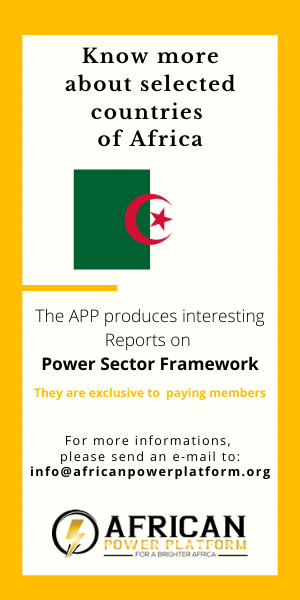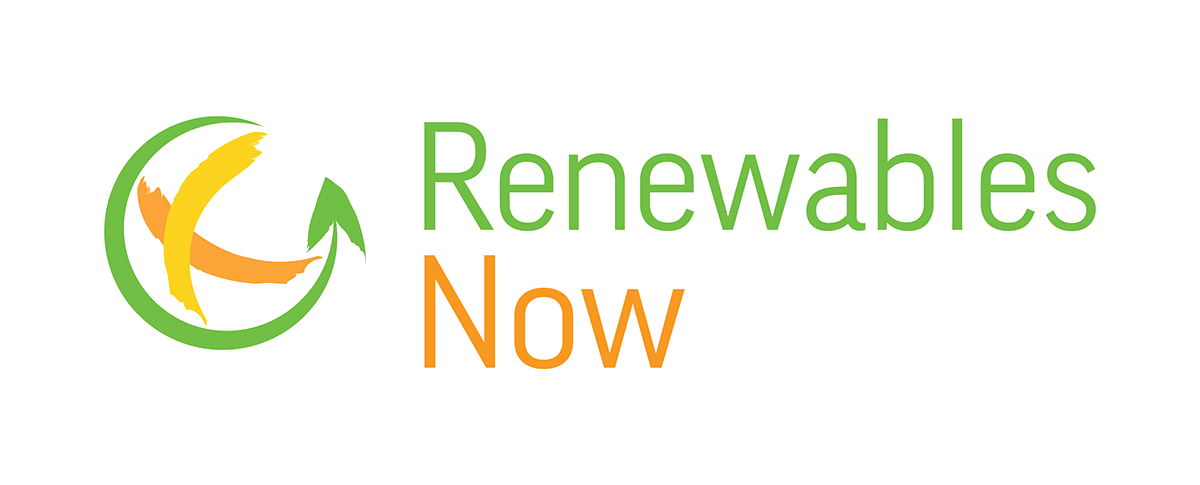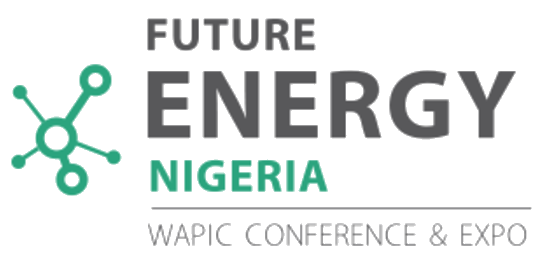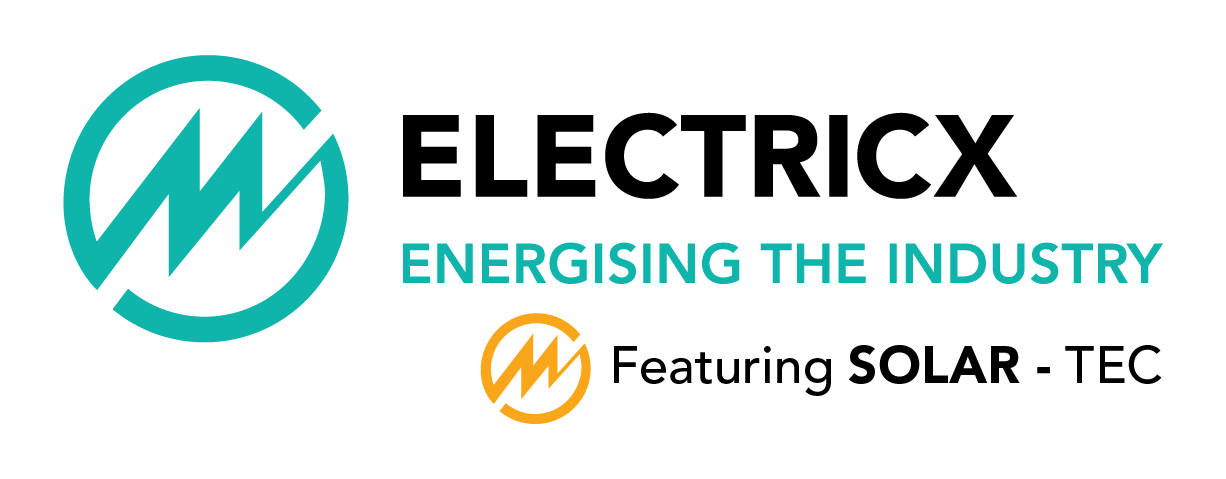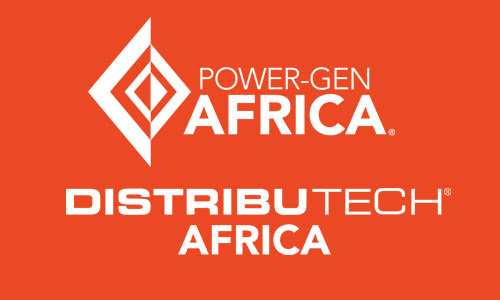Date: 22 – 23 September 2021
Location: Virtual
Description: Ethiopia has set an ambitious target (National Electrification Program-NEP) to supply 100% of its domestic energy demand through renewable energy by 2030, with off-grid solutions for 35% of the population. The government has taken considerable steps to attract private sector investment into the power sector to support its ambitious pipeline of renewable projects and is actively moving from public generation investments to IPPs projects.
The country is working to increase electrification coverage from its current 4,280 MW electricity generation capacity to 17,300 MW by 2025, including power generation projects in solar, hydro, wind, geothermal and biomass sectors. Ethiopia has also embarked on massive energy projects across the country with a view to make it the regional power hub for the Horn of Africa by 2025.
Uganda is richly endowed with abundant energy resources, which are fairly distributed throughout the country. These include solar, hydropower, biomass, geothermal, peat and fossil fuels. The overall renewable energy power generation potential is estimated to be 5,300 MW – an average of 5.1 kWh/m2 of solar energy, an estimated 2,000 MW of hydropower, 450 MW of geothermal amongst others. With only 28% of the population having access to electricity, Uganda presents a huge market potential for alternative technologies such as solar PV systems.
Both countries are heavily promoting decentralized power and appropriate systems such as solar off-grid and mini-grids solutions to address the electricity access deficit.






